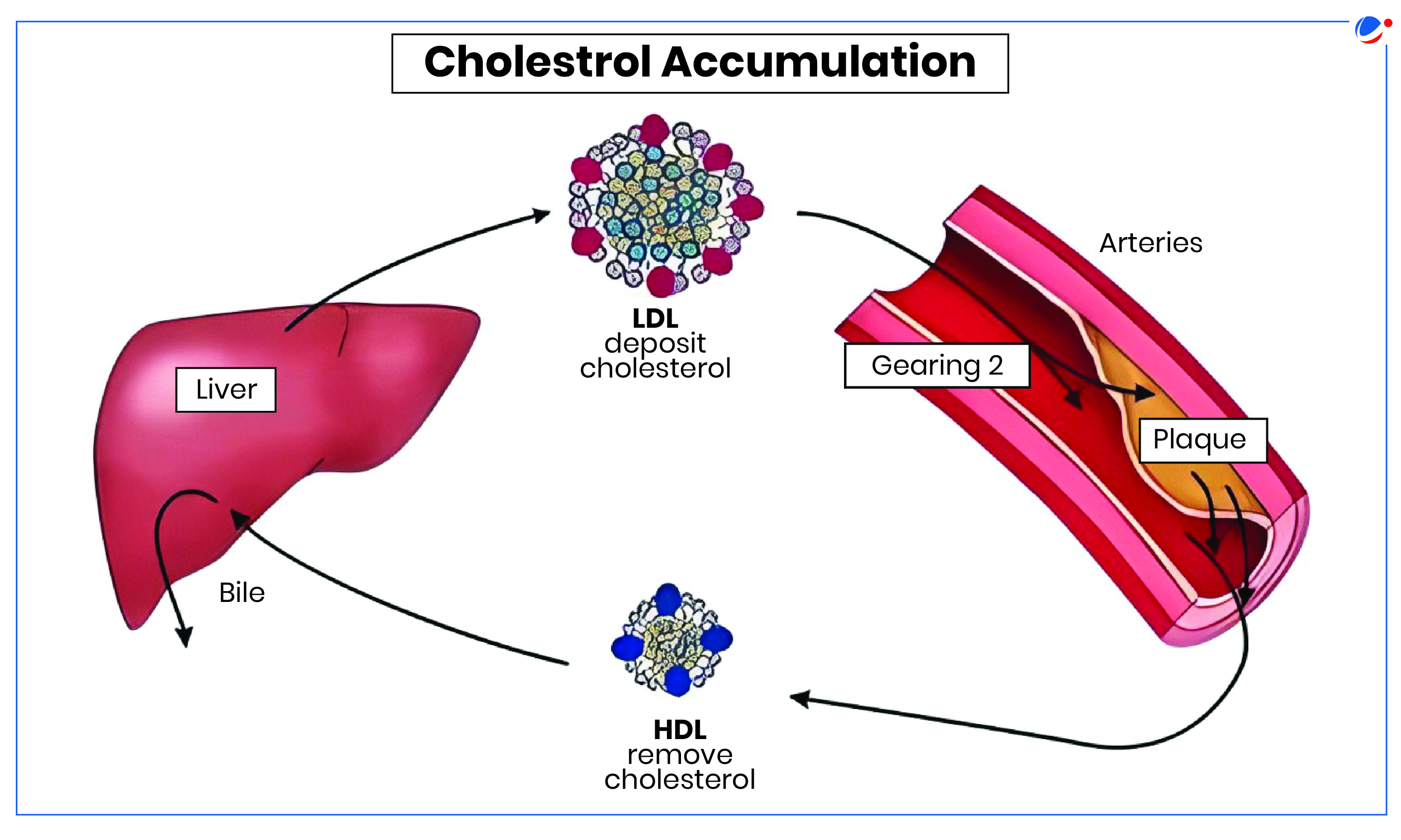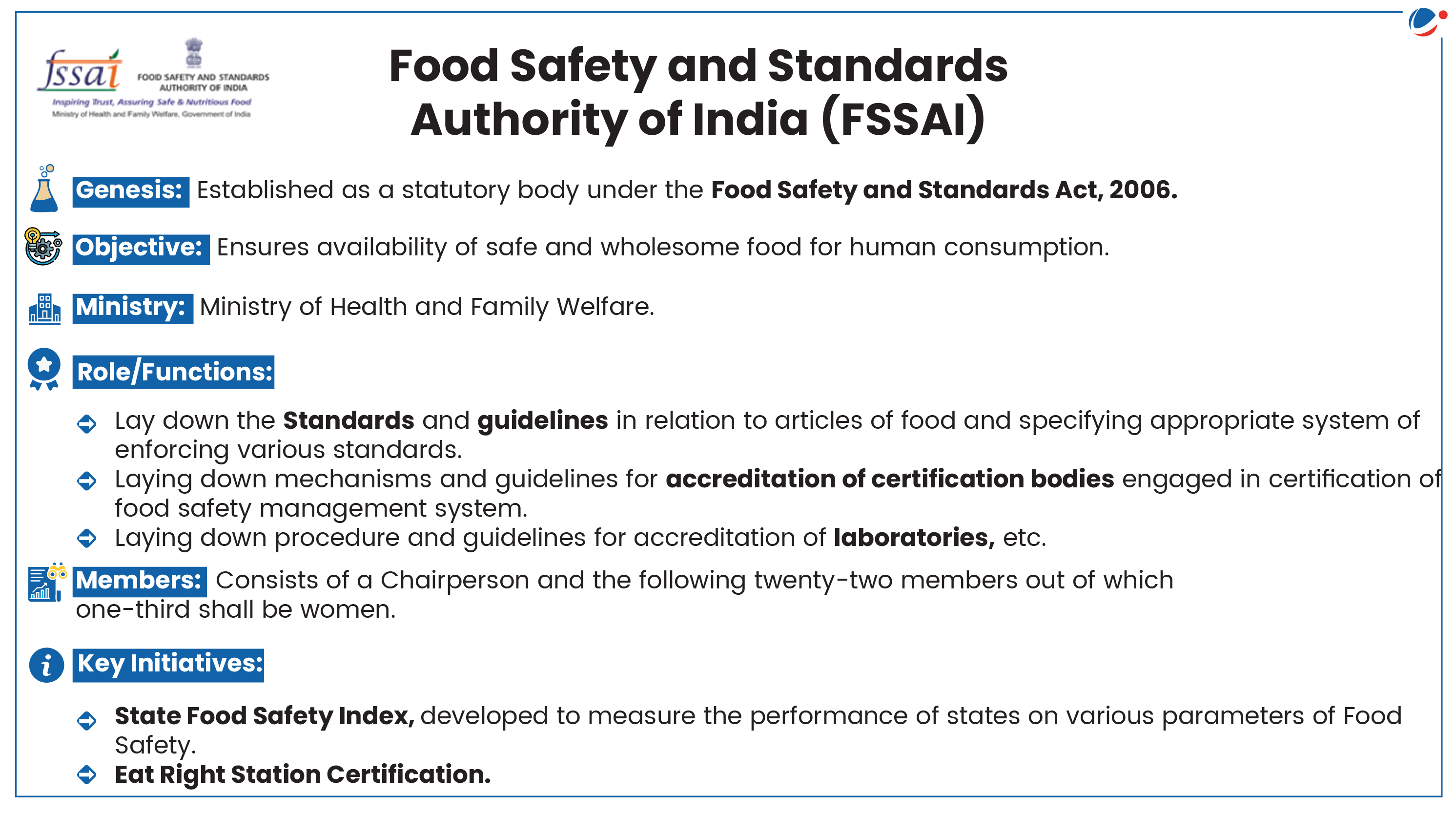Why in the News?
World Health Organisation (WHO) has published the fifth milestone report on progress towards global trans-fat elimination, covering the period from 2018–2023.
Key Finding of the report
- A total of 53 countries had best practices and policies in place for tackling industrial trans-fat in food (As of 2023).
- These policies have vastly improved the food environment for 3.7 billion people, or 46% (it was only 6% in 2018) of the world's population.
- Report also highlighted that WHO's ambitious target to fully eliminate trans-fat from the global food supply by the end of 2023 has not been fully met.

About Trans-fat (or Trans-fatty acids (TFA))
- Trans fats are unsaturated fatty acids which have been partially saturated with hydrogen.
- They are considered as the worst type of fats (bad fat).
- Types: On the basis of sources they are can be Natural or Artificial.
- Natural: Also called ruminant trans fats, as they are present in small quantities in meat and dairy products. These are not generally considered harmful.
- Artificial: Also called industrial produced trans fat as they are formed in an industrial process that adds hydrogen to vegetable oil, converting the liquid into a solid and resulting in partially hydrogenated oil (PHO).
- On average, trans fat concentrations in PHO is 25–45%.
- Mainly used in processed foods and has no nutritional benefits.
- Health Impacts:
- Raises the level of the bad cholesterol [Very low density lipoprotein (VLDL) and low density lipoprotein-cholesterol (LDL-c)] and lowers the good cholesterol.
- Bad cholesterol can build up in the walls of arteries, making them hard and narrow, it increases the risk of heart attack or stroke.
- They have been also linked to inflammation, overweight/obesity, high blood pressure, diabetes and some types of cancers.
- Raises the level of the bad cholesterol [Very low density lipoprotein (VLDL) and low density lipoprotein-cholesterol (LDL-c)] and lowers the good cholesterol.
Steps taken to regulate Trans fat

India
- Initiative taken by the Food Safety and Standards Authority of India (FSSAI)
- Trans fat free logo – Voluntary labelling to promote TFA-free products.
- Heart Attack Rewind – Mass media campaign to eliminate industrially produced trans fats.
- Eat Right India Movement.
- In 2021, the amount of TFA in oils and fats was capped at 3% for 2021 and 2% by 2022 (through an amendment to the Food Safety and Standards (Prohibition and Restriction on Sales) Regulations 2011).
- Revised Dietary guidelines by the Indian Council of Medical Research (National Institute of Nutrition).
Global
- REPLACE action framework by WHO (2018): Provides a strategic approach to eliminating industrially produced trans fat from national food supplies.
- WHO also calls for best-practice policies in countries that together account for at least 90% of the total global TFA burden and at least 70% of the total TFA burden within each region by the end of 2025.
- WHO Validation Programme for Trans Fat Elimination to further drive policy progress.


Challenges in Eliminating Trans fat
- High demand in Food Industry: It is extensively used in the food industry due to their long shelf life and desirable texture they impart to food products.
- Also, Trans fat are cheaper in comparison to its alternatives.
- Poor enforcement of policies: Many countries have not yet adopted a best-practices elimination policy.
- Regulating use of trans fat is a key challenge as many unregistered firms are using them in different ways.
- Also, many developing countries have limited infrastructure and human resource for monitoring the implementation of these policies.
- Consumer preferences: Growing inclination towards processed food is a looming challenge towards governments as well as health regulators.
Way Forward
The report recommends following ways to eliminate Trans fat:
- Policies/Framework: All countries shall enact best practice policies, especially those with the highest estimated remaining burden of disease attributable to trans fat intake.
- All countries must strengthen their mechanisms to monitor and enforce the policies so that they become eligible for the WHO Validation Certificate.
- Sub-regional bodies must pass mandatory trans fat elimination policies.
- Enforcing Regulations: Food manufacturers with a high proportion of fats and oils comply with regulations to increase the use of healthier, alternative fats.
- PHO in foods can be replaced by oils rich in polyunsaturated fatty acids (PUFA), followed by oils rich in monounsaturated fatty-acids (MUFA). E.g. safflower, corn, sunflower, soybean, peanut etc.
- Awareness and nudge: Educating consumers regarding the ills of trans fat and associated foods. At the same time, creating policies which nudge the consumer away from processed food. E.g., warnings and images used in cigarette packets.
Related NewsOmega-3 Fatty Acids
About Omega-3 Fatty Acids
Benefits
 |




